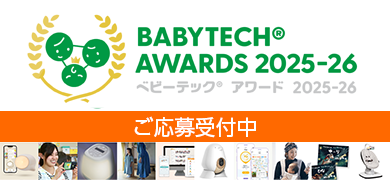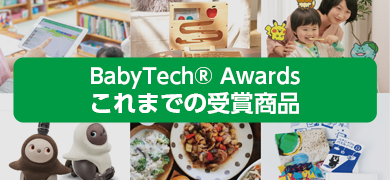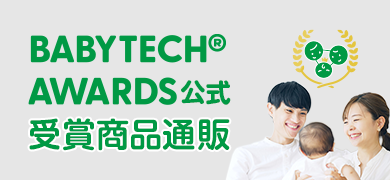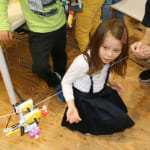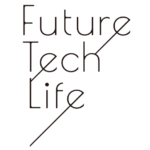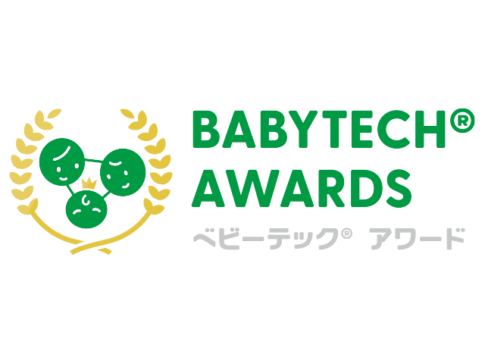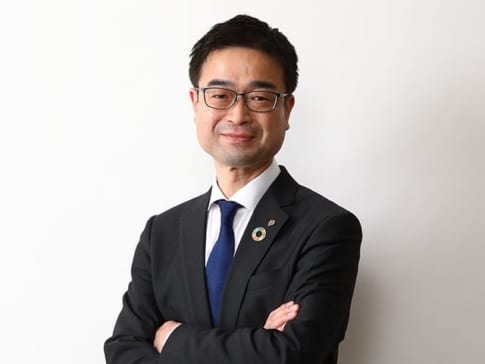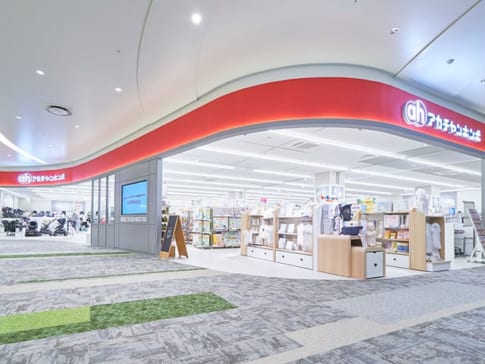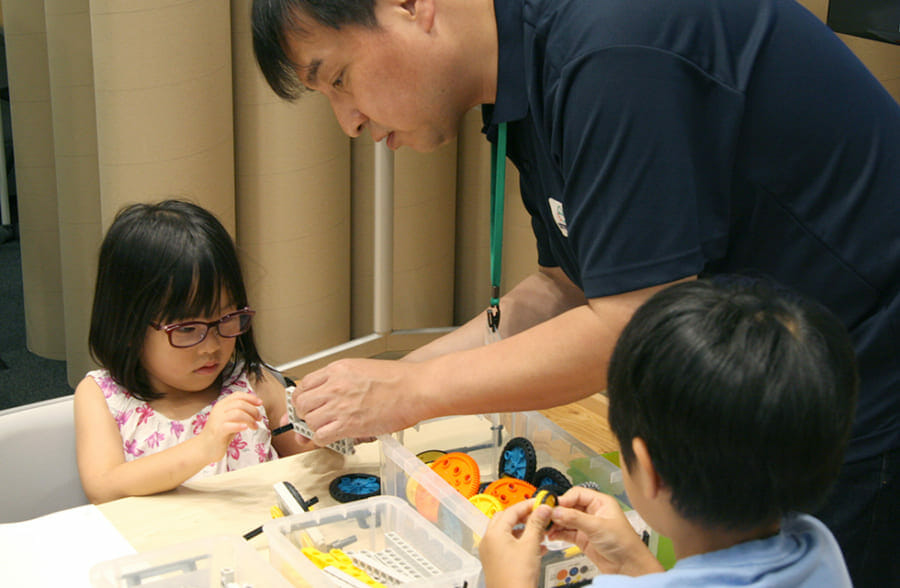
STELABO, a STEM & programming school operated by SB C&S, the IT distribution arm of the SoftBank Group. This June, a directly managed school opened in Shiodome, Tokyo, with the aim of helping children improve their social skills by learning science, technology, science and math STEM areas. programming will become compulsory in elementary schools in 2020, and interest in programming is growing. We will introduce the "Basic Class," "Advanced Class," and "Pro Robo 1st Stage," each of which is held at Sterilabo, in three installments.
(We spoke to...)
SB C&S Corporation Hiroaki Nishimura, STEM Business Promotion Office, IoT Business Promotion Division, New Business Headquarters
We want to nurture children's abilities through STEM education that goes beyond programming.
Editorial:What does Sterilab teach children?
Forest:Since we are a programming school, it is only natural that we teach programming knowledge to children, but we also aim to develop comprehensive skills through life and society by learning the area called "STEM".
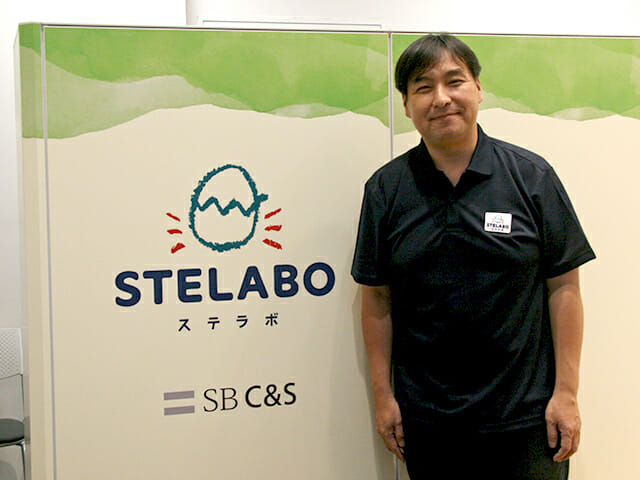
Editorial:What does "STEM" mean in the first place?
Forest:STEM" is a relatively new discipline, and interpretations vary, but we define "STEM" collectively as the areas of science, technology, engineering, and mathematics. STEM stands for Science, Technology, Engineering, and Mathematics. Programming requires engineering skills, but children first learn the mechanisms and principles of how things work from natural science found in everyday life by assembling blocks for teaching purposes. About 60% of the curriculum in the "Basic Class" (for kindergarteners to 2nd graders) and "Advanced Class" (for 2nd and 3rd graders) uses blocks.
Editorial:Why do you place so much emphasis on "making and learning"?
Forest:It is considered more effective to learn how things work by actually using one's hands rather than through classroom learning, and I think another feature of Sterabo is that it incorporates the concept of "constructionism," which is attracting attention in IT education and scientific research and fosters creative thinking.
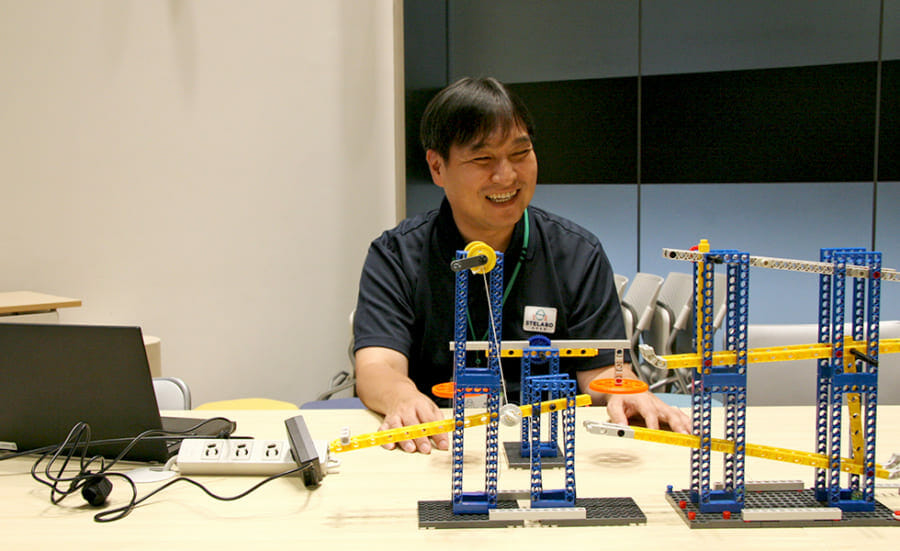
Editorial:It is surprising that you are a programming school and that you use blocks as teaching materials in your classes.
Forest:Children will have access to as many programming materials as possible. In the early and middle elementary school years, we want children to understand various mechanisms by touching as many things as possible and moving their hands. Programming is a system that moves something according to predetermined instructions. Even if you want to be creative, it will be difficult to do so unless you have reached a very high level of creativity. That is why we believe it is important for children to "learn by making" with blocks, not only in programming classes, but also to hone and utilize their creativity.
Editorial:What do you keep in mind when teaching children?
Forest:In each class, we assemble blocks according to a theme, such as pulleys and balances, but we never ask the children to "follow the model. We show the children the finished product as a model, but we do not think it is important to make it exactly like the model. In fact, we do not want them to follow the model. We respect the children's creativity and let them create freely, even if they don't do it well, or even if they create something completely different.
Editorial:You also pay attention to the words you speak to children.
Forest:I try to speak to them in a positive manner, telling them that it is okay to make mistakes and to just try their hand at it. I would be happy if we adults could help children become proactive people who are not afraid of failure by developing their good points without denying them.
Sneak into the "Basic Class," which fosters creativity through making and learning!
This was the 10th lesson of the "Basic Class" at the time of the interview. The theme of the lesson was "Let's try to move a bicycle." Using blocks for teaching materials, the students learned how to transfer force by pushing and pulling. According to Ms. Hayashi, this lesson was a little more difficult than the previous ones. Six children participated on this day.

First, a quiz on how bicycles work was given to each child, introducing them to the mechanism of how things around them work.
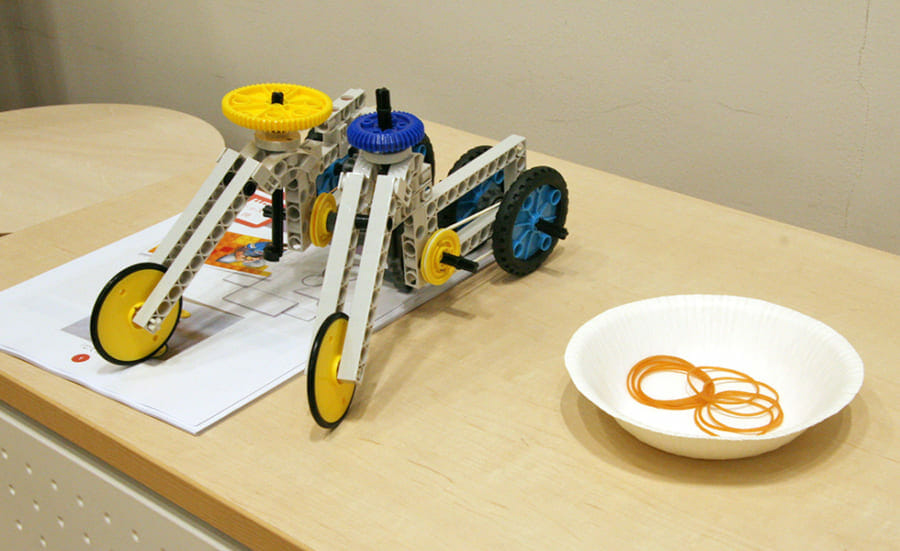
A sample of the finished product. However, you do not have to build it exactly as shown! In class, each child becomes a designer and assembles a palm-sized bicycle one by one.

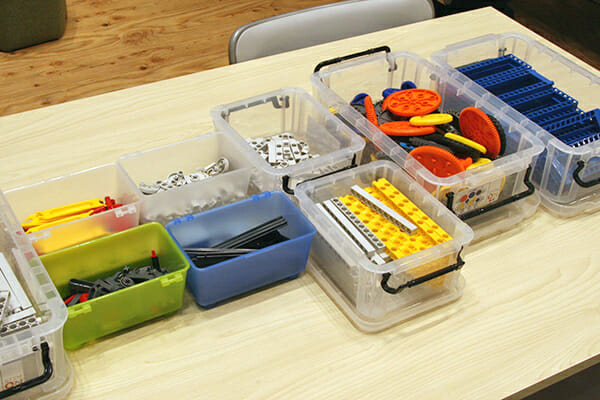
Observe carefully what parts are used to assemble the model. Can they assemble it well?

It took about 30 minutes to complete the project! Because they made the bicycle with their own hands, they have a deeper understanding of how it works. Some of the parents felt a change in their children, saying, "They have become more interested in making things.2ndwill sneak into the "advanced class" to learn about applied engineering.
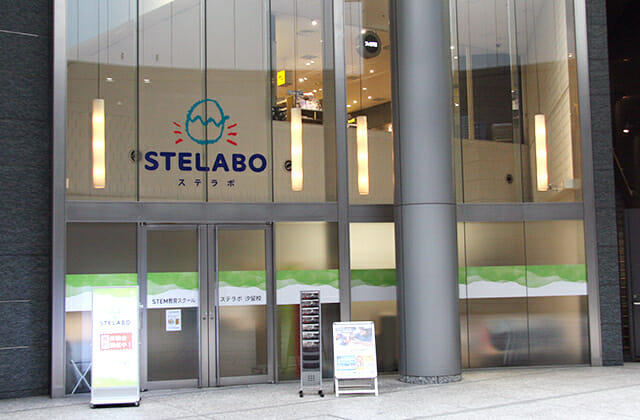
STELABO Shiodome School
1-9-1 Higashi-Shinbashi, Minato-ku, Tokyo
Pedi Shiodome B2F, Tokyo Shiodome Building
0120-414-422
https://stelabo.jp/

